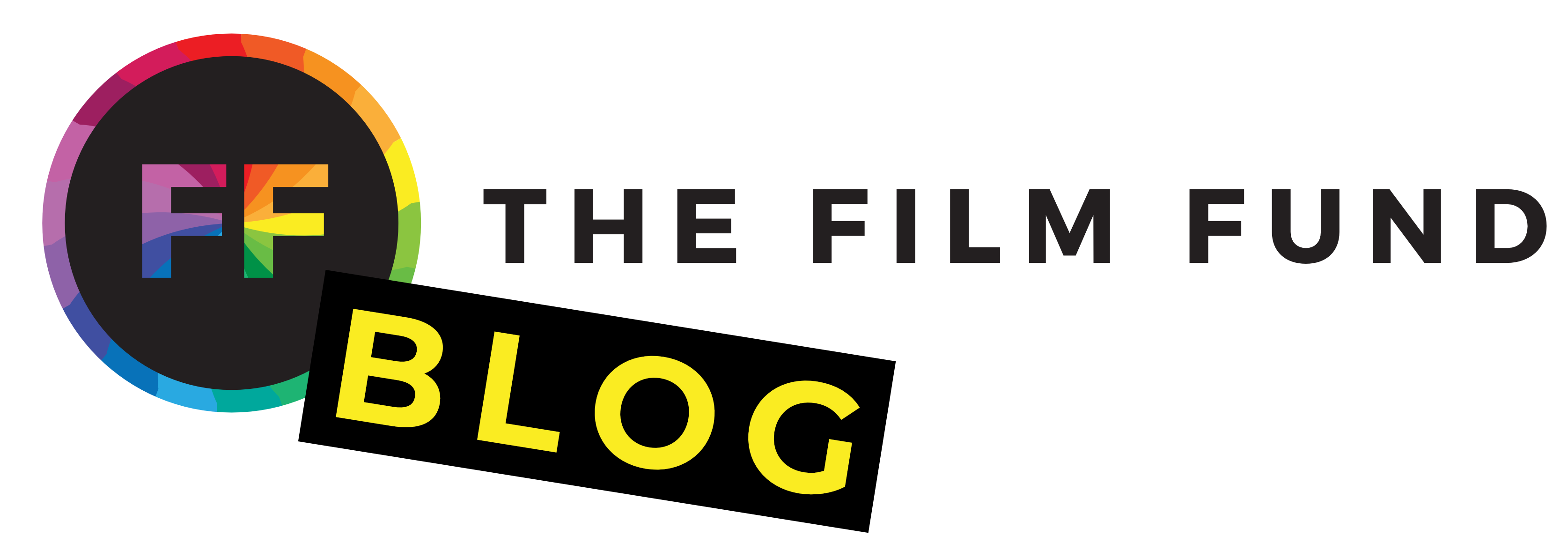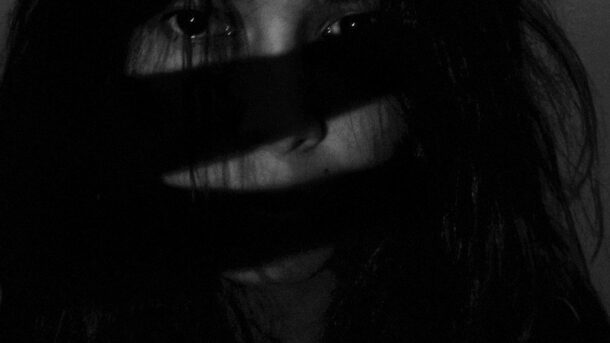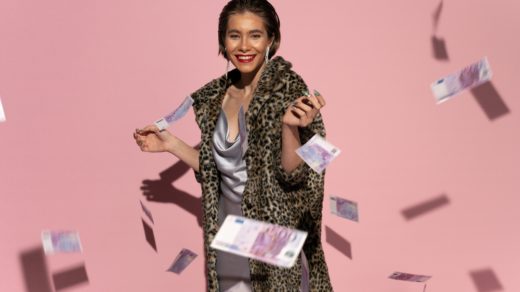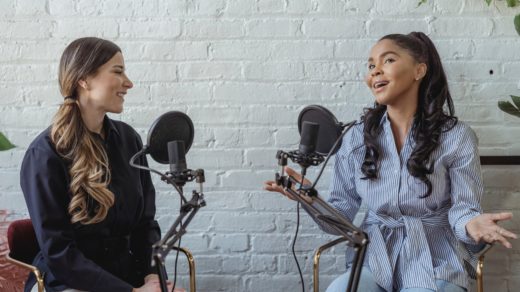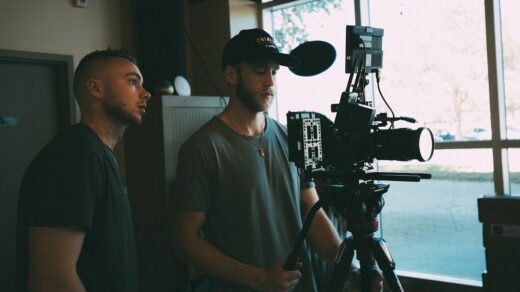Prepare to be terrified! Horror films possess a unique ability to send shivers down our spines and keep us on the edge of our seats. What’s the secret?
It’s all in the mesmerizing world of cinematography. In this blog, we delve deep into the dark abyss of horror movie cinematography, unraveling the spine-chilling techniques, unsettling factors, and devilish tricks that intensify the suspense and thrill of these cinematic nightmares. Brace yourself for an eerie journey like no other!
Setting the Stage for Horror
When it comes to horror movie cinematography, lighting and shadows play a pivotal role in setting the stage for suspense and terror. The manipulation of light and darkness creates a powerful atmosphere that heightens the overall cinematic experience. In the world of horror films, cinematographers skillfully utilize lighting techniques to evoke fear, anticipation, and a sense of unease.
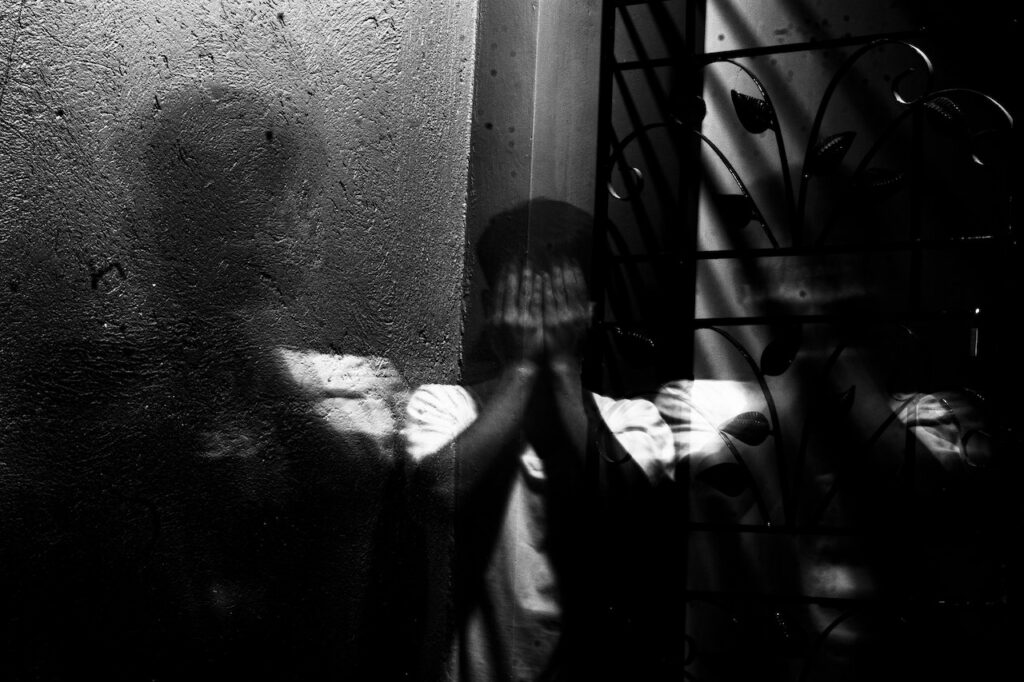
Lighting
One key technique in horror movie cinematography is the control of lighting to establish mood. The interplay of light and shadow can instantly transform a scene from mundane to menacing. By employing harsh, contrasted lighting, cinematographers create an ominous and foreboding environment. Dimly lit settings shrouded in shadows intensify the feeling of isolation and vulnerability, evoking a sense of dread in the viewer. This skillful manipulation of light contributes to the overall atmosphere of suspense in horror films.
Shadows
Moreover, shadows are powerful tools in horror movie cinematography. They can be used to conceal or reveal, to hint at lurking dangers, or to create a sense of ambiguity. Shadows add depth and texture to a scene, creating visual interest and allowing the viewer’s imagination to fill in the gaps. Whether it’s elongated shadows stretching across a desolate hallway or the silhouette of an unknown figure lurking in the darkness, these subtle details can instill a deep sense of unease and anticipation in the audience.
Both lighting and shadows are essential components of horror movie cinematography. By tactfully controlling and manipulating light, cinematographers establish the mood, heighten suspense, and immerse viewers in a world of terror. The interplay of light and shadow, along with their careful placement, contributes to the overall atmosphere and amplifies the chilling impact of horror films.
Camera Angles and Composition
In horror movie cinematography, camera angles, and composition are essential tools for building suspense and creating a sense of unease. The way a scene is framed and the angles from which it is captured can profoundly impact the viewer’s emotions and perception. Let’s explore some key techniques used in horror movie cinematography to evoke fear and intensify the horror experience.
Low-Angle Shots
One powerful technique is the use of low-angle shots. By positioning the camera low to the ground and shooting upward, cinematographers create a sense of vulnerability and helplessness. This technique makes the viewer feel smaller in relation to the environment, enhancing the feeling of being at the mercy of an unknown threat. Whether it’s capturing a towering antagonist or emphasizing the vastness of a haunted location, low-angle shots effectively generate a sense of dread and amplify the horror element.
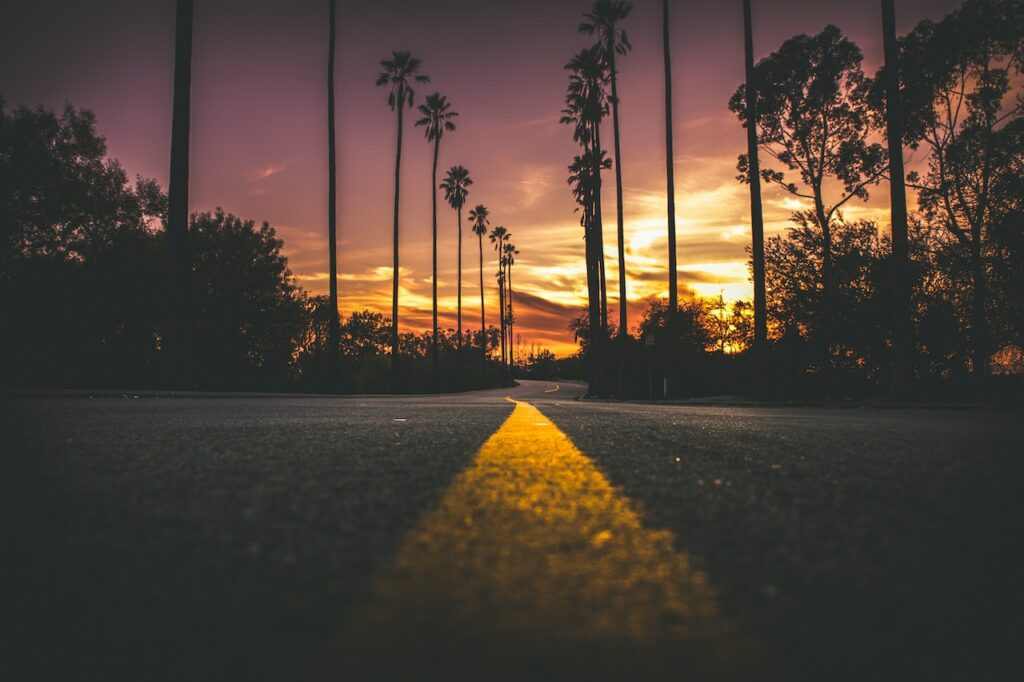
Dutch Angles
Another technique that plays a significant role in horror movie cinematography is the use of Dutch angles. These tilted camera angles introduce a visual disorientation that unsettles the audience. By tilting the camera slightly, the perceived reality becomes distorted, creating a sense of imbalance and unease. Dutch angles are commonly employed during intense or suspenseful moments in horror films, amplifying the psychological discomfort and keeping viewers on edge.
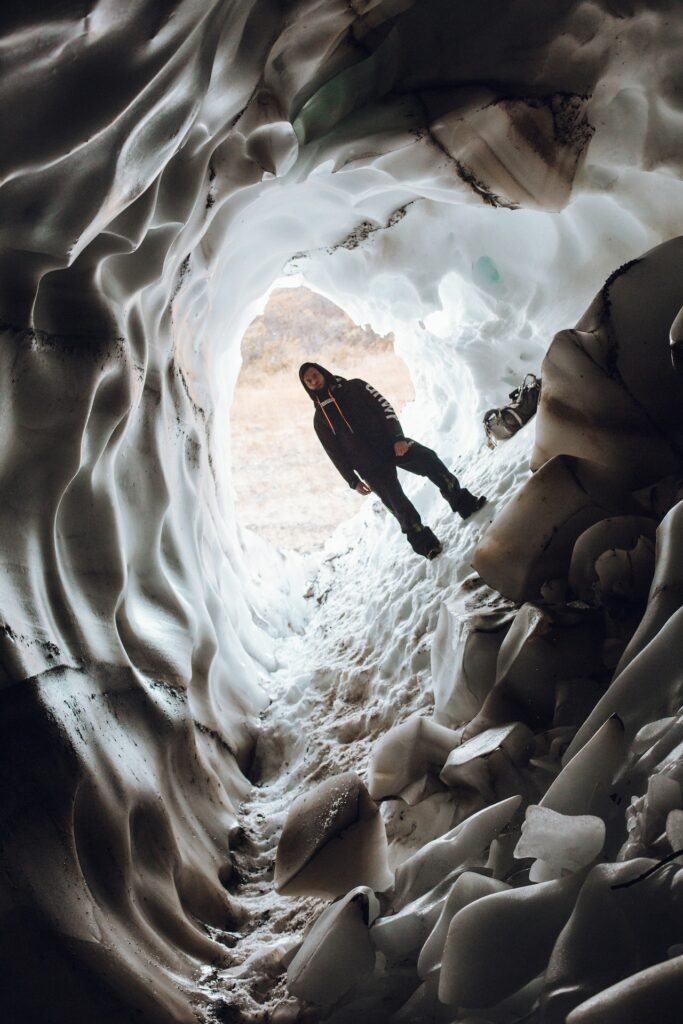
Tight Framing
Tight framing is yet another powerful technique used in horror movie cinematography. By enclosing characters or objects within the frame, cinematographers create a sense of claustrophobia and intensify fear. Close-ups of terrified faces or handheld shots that place the audience uncomfortably close to the action further enhance the sense of unease and immersion. These tightly framed shots not only intensify the emotional impact but also allow the cinematographer to control the viewer’s focus and direct their attention to key elements within the scene.
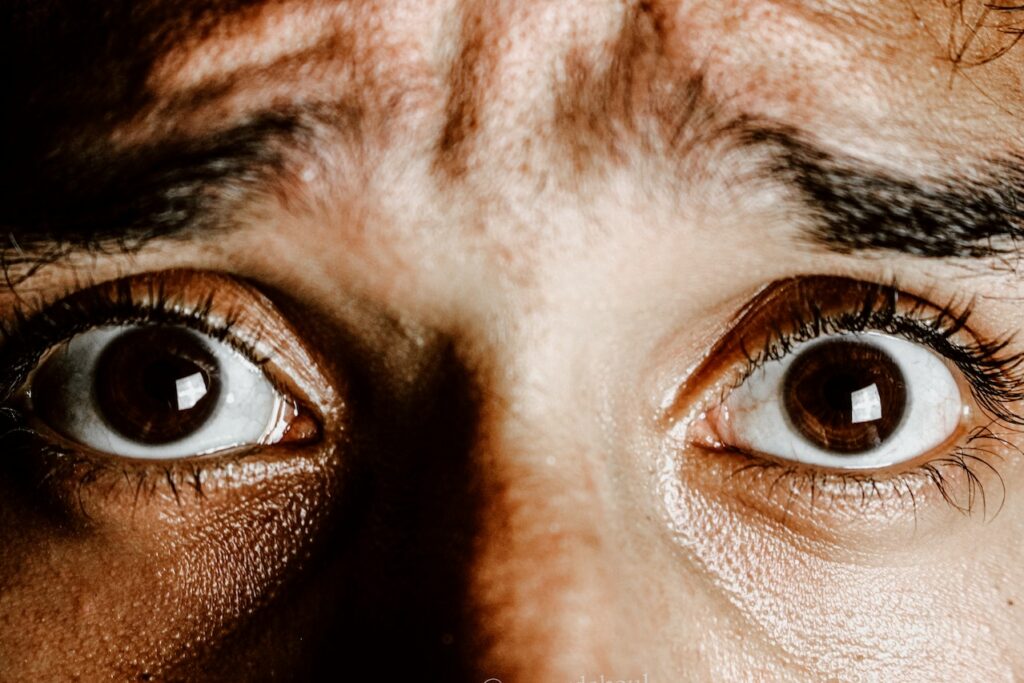
Camera angles and composition are integral to horror movie cinematography, allowing filmmakers to manipulate the viewer’s perception and evoke intense emotions. Whether through low-angle shots that establish vulnerability, Dutch angles that disorient the audience, or tight framing that enhances claustrophobia, each technique serves a purpose in heightening the suspense and intensifying the horror experience.
Movement and Staging
In horror movie cinematography, movement and staging are key elements that heighten suspense and create a palpable sense of fear. The strategic use of camera movements and the deliberate positioning of objects and characters play a crucial role in building anticipation and delivering spine-chilling moments. Let’s explore some of the techniques used in horror movie cinematography to maximize the impact on the audience.
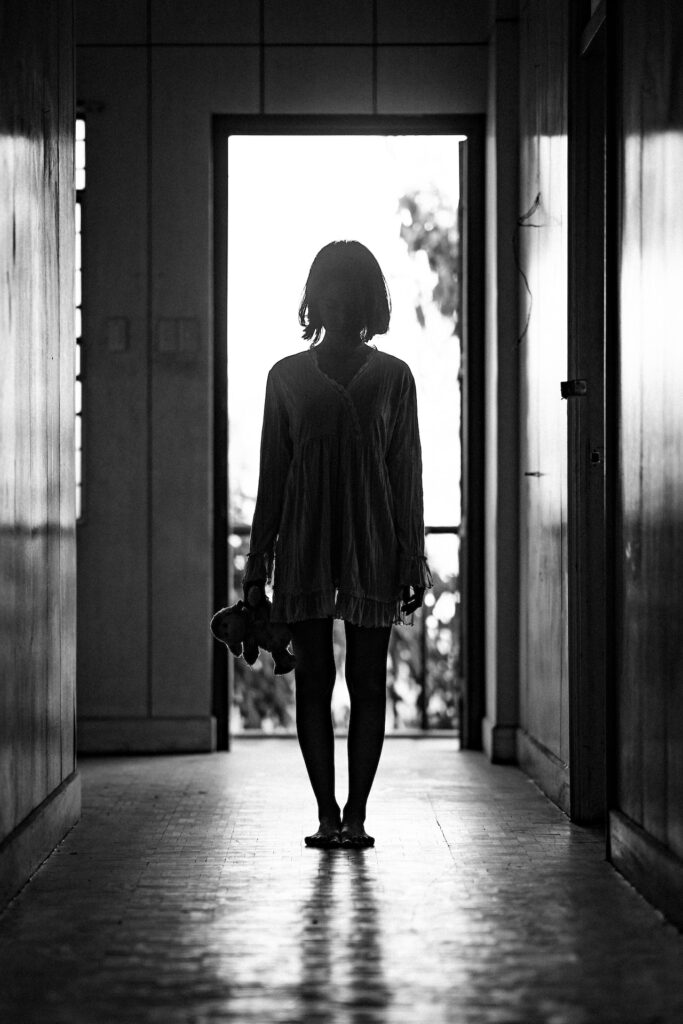
Creeping Camera Movement
Creeping camera movements are a staple in horror films. Slow and deliberate tracking shots or subtle pans create a sense of impending doom and build anticipation. By gradually revealing more of the environment or approaching a character from behind, these movements generate a feeling of unease as the audience becomes acutely aware that something sinister is about to happen. These creeping camera movements effectively keep viewers on the edge of their seats, heightening the suspense and amplifying the horror element.
Juxtaposition of Motion
Contrasting stillness and sudden motion is another technique used in horror movie cinematography to shock and startle the audience. By creating an atmosphere of silence and calm, followed by a sudden burst of movement or action, cinematographers create jump scares that jolt viewers and evoke a strong emotional response. This technique plays on our instinctive reactions, catching us off guard and intensifying the element of surprise.
Positioning
Additionally, the strategic positioning of objects and characters within the frame can greatly enhance the fear factor in horror films. The careful placement of eerie props, such as a flickering light or a menacing shadow, can heighten the sense of foreboding and foreshadow impending terror. Positioning characters within the frame in a way that obstructs their visibility or places them in vulnerable situations further intensifies the suspense. These techniques manipulate the audience’s perception and generate a heightened sense of fear and anticipation.
Movement and staging are key components of horror movie cinematography. The deliberate use of creeping camera movements, contrasting stillness and sudden motion, and strategic positioning of objects and characters all contribute to building suspense and maximizing the impact on the audience.
Cast Studies: Analyzing Iconic Horror Films
To truly appreciate the artistry and impact of horror movie cinematography, let’s take a closer look at some iconic films that have mastered the craft. These case studies offer valuable insights into the techniques and factors that make horror movies truly spine-chilling.
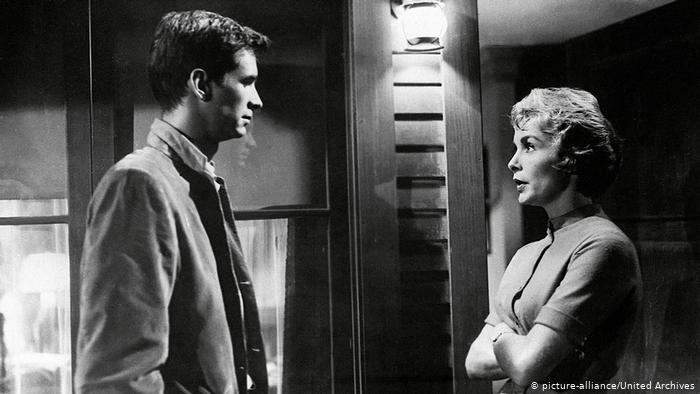
“Psycho”
Alfred Hitchcock’s “Psycho” is a masterpiece of suspense, and its cinematography played a pivotal role in creating a sense of unease.
One notable technique used in “Psycho” is the manipulation of camera angles and composition. Hitchcock utilized low-angle shots to emphasize the power dynamics and vulnerability of the characters. Additionally, the famous shower scene showcased the use of quick cuts and fast-paced editing, effectively intensifying the horror and shock. By studying the cinematography of “Psycho,” we can appreciate the meticulous attention to detail that elevates the film’s impact.
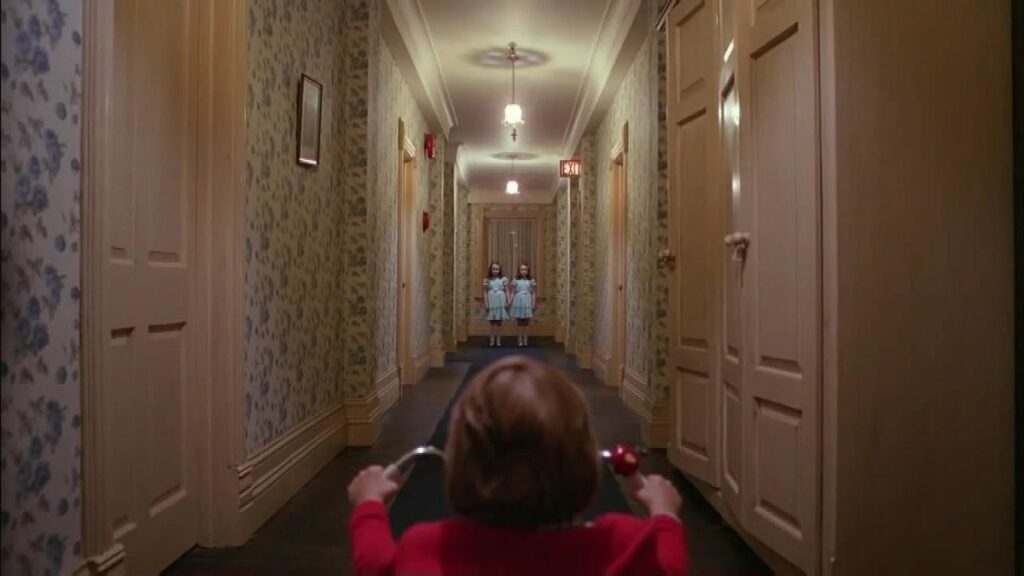
“The Shining”
Stanley Kubrick’s “The Shining” is another iconic horror film that showcases the significance of cinematography. Kubrick’s deliberate use of wide-angle shots and symmetric framing creates a sense of unease and isolation throughout the film. The carefully constructed compositions, such as the infamous hallway shots, emphasize the vastness and labyrinthine nature of the haunted hotel.
Kubrick’s attention to detail in every frame contributes to the unsettling atmosphere and enhances the psychological terror.
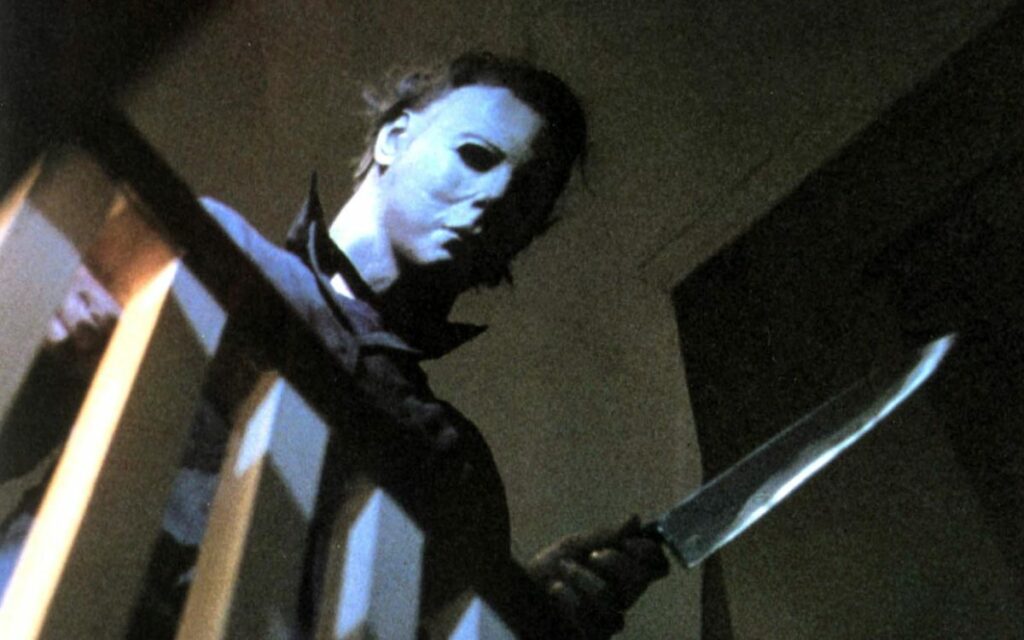
“Halloween”
John Carpenter’s “Halloween” is a classic in the horror genre, and its cinematography played a crucial role in building tension. The use of framing and lighting in “Halloween” is particularly noteworthy. Carpenter employed wide shots and long takes to generate a sense of vulnerability and helplessness. The use of darkness and shadows created an ominous and foreboding atmosphere, with the iconic character of Michael Myers often lurking in the shadows. Through these techniques, Carpenter effectively built suspense and instilled a lingering fear that has made “Halloween” an enduring horror film.
If you’re interested in reading about lesser known horror movies you can check out our blogs about the independent movies “The Thing in the Apartment” and “Freelance”.
By analyzing these iconic horror films, we gain valuable insights into the techniques, factors, and tricks that make their cinematography truly impactful. The meticulous attention to detail, strategic use of camera angles, composition, and lighting all contribute to the spine-chilling experience.
Lights Out
Cinematography plays a crucial role in setting the stage for terror, and through the manipulation of lighting and shadows, camera angles and composition, movement and staging, horror movies transport us into a realm of chilling excitement.
From the strategic use of lighting and shadows to create mood and atmosphere, to the clever positioning of objects and characters within the frame, every aspect of horror movie cinematography is carefully crafted to evoke fear and anticipation. We have delved into the power of camera angles and composition, which heighten vulnerability and disorient the viewer, as well as the impact of movement and staging in building suspense and delivering shocking moments.
By analyzing iconic horror films, such as “Psycho,” “The Shining,” and “Halloween,” we have gained valuable insights into the artistry behind horror movie cinematography. These case studies have shown us that meticulous attention to detail, careful framing and lighting choices, and deliberate pacing contribute to their enduring impact.
Ready to shoot your horror film?
Horror movie cinematography is a delicate dance of techniques, factors, and tricks that bring the terrifying visions to life on the screen. It is an art form that immerses viewers in a world of fear, suspense, and unease unlike anything else.
If you’re a budding filmmaker hoping to turn your ideas into the next hit horror film, enter our film funding contest. By submitting a one-sentence pitch to the Film Fund, you have the chance to win up to $10,000 in film funding. This contest could be the opportunity of a lifetime, so act quick and enter now!
